A 360⁰ view of peer review
Peer review through the lens of an editor, reviewer, and author
Peer review is a process that involves various players – the author, the reviewer and the editor to name a few. And depending on which of these hats you have on, the process will look different from each of these perspectives.

In this post you can read interviews with an editor, reviewer and author as we uncover the 360⁰ peer review view.
Use the links below to jump to the relevant sections.
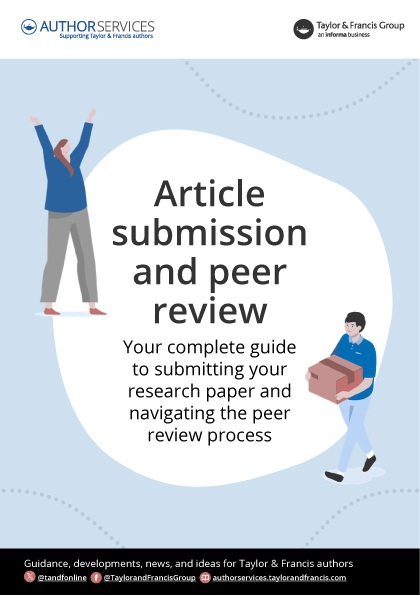
The editor perspective

Catherine Harper
Catherine is an Editor of TEXTILE: Cloth & Culture and Deputy Vice-Chancellor of University of Chichester, UK. She is author of a Berg monograph and author/editor of Bloomsbury’s Textiles: Critical and Primary Sources.
Catherine has published in chapter and article format, and most recently in Taylor & Francis’ Social Identities: Journal for the Study of Race, Nation and Culture and in the Lesley Millar / Alice Kettle publication on Erotic Cloth (Bloomsbury, 2017).
Her research is currently supported by the Textile Society, Marc Fitch Fund, and the Society of Antiquaries, London, and she is currently working on a monograph for Leuven University Press, which will be published in 2019.
What happens after an author has submitted their manuscript?
If you’ve taken that step and you’ve come through an electronic editorial system and submitted your paper, the next thing that will happen is an email pings up for me to indicate that there’s a new submission in the system, and in fact that happened just yesterday. I’m in the process of reading a new submission, and that’s the first evaluation – checking that the work itself is of a reasonable standard, and that there wouldn’t be a sense that it isn’t suitable for the journal.
What are the different decisions an editor can make on a paper?
The first decision is whether or not to send a paper for peer review. This is an important first step, and may mean declining immediately, or not. The peer reviewers’ decisions range from absolutely super – publish immediately without any alteration. That’s fairly atypical because generally there’s something to adjust even if very, very, minor.
The bottom level response of that spectrum is: no, this is not fit for publication in this journal, this peer reviewer believes this paper shouldn’t be published. And then in between those two positions are minor amends (those might be typographical or bibliographical), or tiny adjustments around phraseology or checking facts that need to be verified or backed up with a reference. Minor amends can usually be turned around very quickly before publication.
The editor may need to mediate two different outcomes to the peer review process, either by working through both to find a comfortable conclusion – publish or not, or – less typically, seeking a third reviewer. Ultimately, the editor has the final say if there is such a dispute.
How do you approach choosing reviewers?
Generally, what we look for is two different types of peer reviewers – somebody who has subject specialism, so who has a real knowledge-base that’s appropriate to the paper, and then also a generalist textile culture reviewer, because we have a generalist audience.

The reviewer perspective
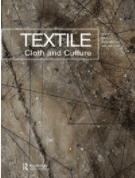
Janis Jefferies
Janis is an artist, writer and curator at Goldsmiths, University of London where she is Professor of Visual Arts where she is academic lead for early career researchers. She was a member of AHRC Peer Review College (fifteen years until December 2016), Panel member for research (2004-2009) and European Science Foundation, Strasbourg and Brussels (2009-2014) and was one of the founding editors of Textile; The Journal of Cloth and Culture.
When you get an invite to review a paper, what makes you say ‘yes’ to reviewing it?
Firstly, there is a good story to tell and the paper grabs your attention from the first paragraph. It is well written – for me, mostly this means that there is care and attention to words, meaning and phrasing.
As I am particularly concerned with interdisciplinary and practice research across arts, humanities and technology, I look for new angles and insights that challenge borders and boundaries.
How do you approach assessing the paper you are reviewing?
Firstly, a paper needs to be kind to its reader and include clear language when expressing complex ideas.
Secondly, images play a role particularly if well considered and integrated into a paper. They are no different to using quotes, and if presented well can add to the narrative.
From these two points I look for clarity in the abstract then a ‘hook’ that makes you really want to engage with the full text after the first paragraph. It could be a quote, an image, a diagram, a statistic or a piece of site writing.
Because the peer-review process is thorough and time consuming, I read through quickly first to get an overview.
I then read more thoroughly and in detail on the second reading, making notes that can be communicated under headings for feedback to the editor and/or author. I try to turn around a peer review within one-to-two months. This is mostly due to the crucial role peer review publications have in processes of tenure and promotion that have strict deadlines.
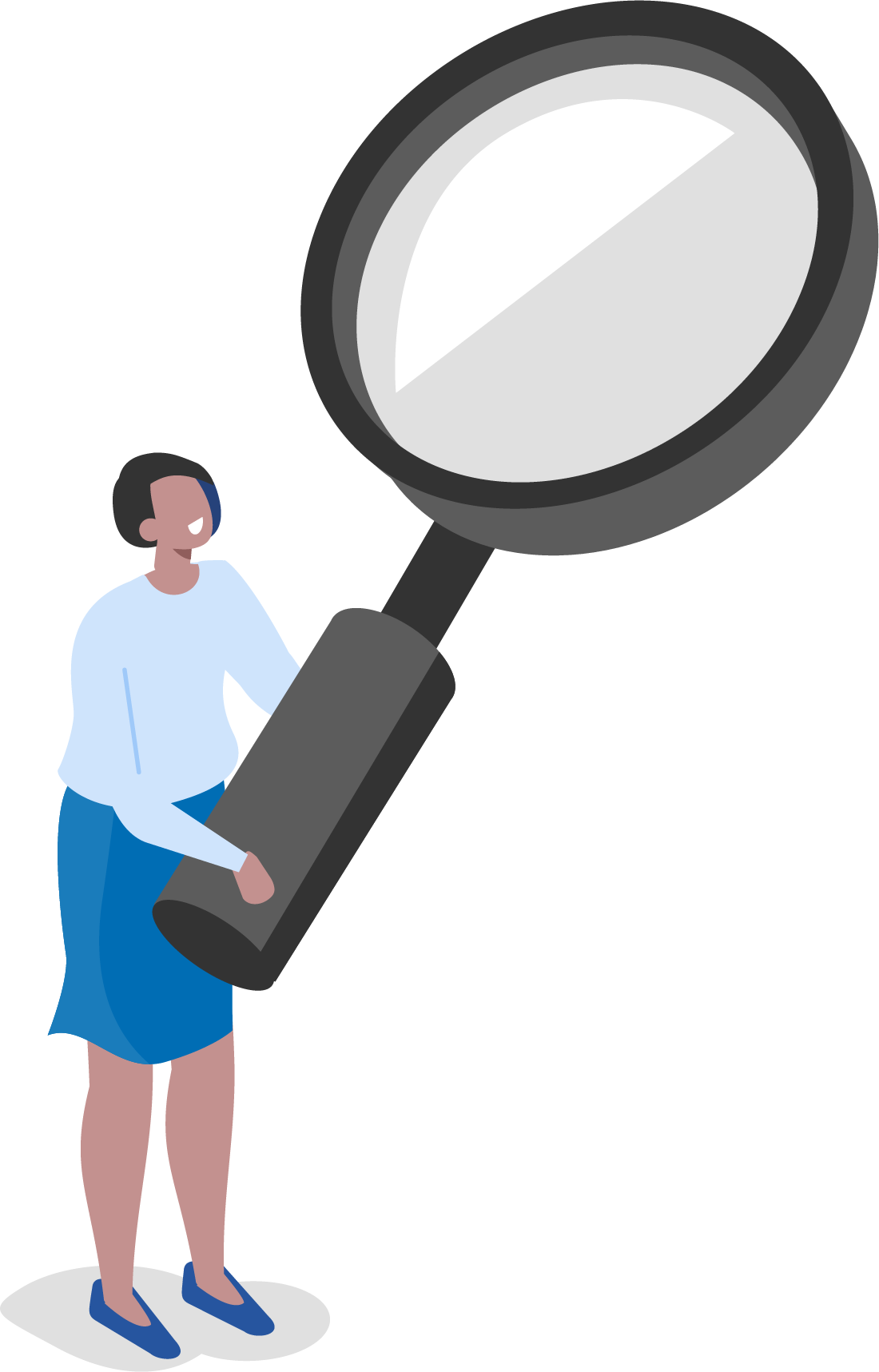
What do you include your report to the editor?
I use headings such as: title, abstract, structure, themes, clarity of expression, distinctive insights and contribution to the field/s, conclusion, proofreading issues, spelling and grammar, use of illustrations, diagrams, statistics.
Aside from the title and abstract, I would normally give myself a two-hundred word limit under each heading.
What advice would you give to someone thinking of becoming a reviewer?
It is important for senior academics to recognize their professional responsibility to both authors and journals to review whenever possible. However, having done peer review for over fifteen years, I also recognize the amount of time it takes, especially for early career academics whose workload is heavy.
The author perspective

Huayi Huang
Huayi is an author-scientist working on Research & Development with the National Guideline Alliance. His role is to help educate practitioners on the latest scientific evidence, and improve the quality of health and social care in England and Wales.
Why do you choose peer reviewed journals to publish in?
As an author, I choose peer reviewed journals because the logic of contemporary science and academic scholarship sees achieving peer reviewed publication as the most trustworthy and reliable form of knowledge known to researchers. As a researcher, the creation and authorship of knowledge which can be trusted and relied upon by others is a key personal aim.
What do you find most useful about a peer reviewed report?
A peer reviewed report offers another source of critical examination and reasoning – relating to the subject of my submitted manuscript. It acts therefore as both validating feedback or intellectual foil, ideally, for my thinking about a particular area, topics, or issues.
Have you ever received any reviewer comments that you didn’t agree with? How did you respond to them?
Yes. In this case the reviewer was examining our paper on a new method for understanding the constraints and affordances provided by a documented approach to accident data collection and analysis. The reviewer had a real problem with the new method proposed, in terms of its limited exposure to the real practices of trained or experienced accident investigators (i.e., from industry).
We disagreed with the reviewer focusing on only the recommendations arising from an accident investigation (amongst other changes/rebuttals to their comments). To motivate the need to better understand accident data collection and data analysis, we cited three reliable sources to support our disagreement.
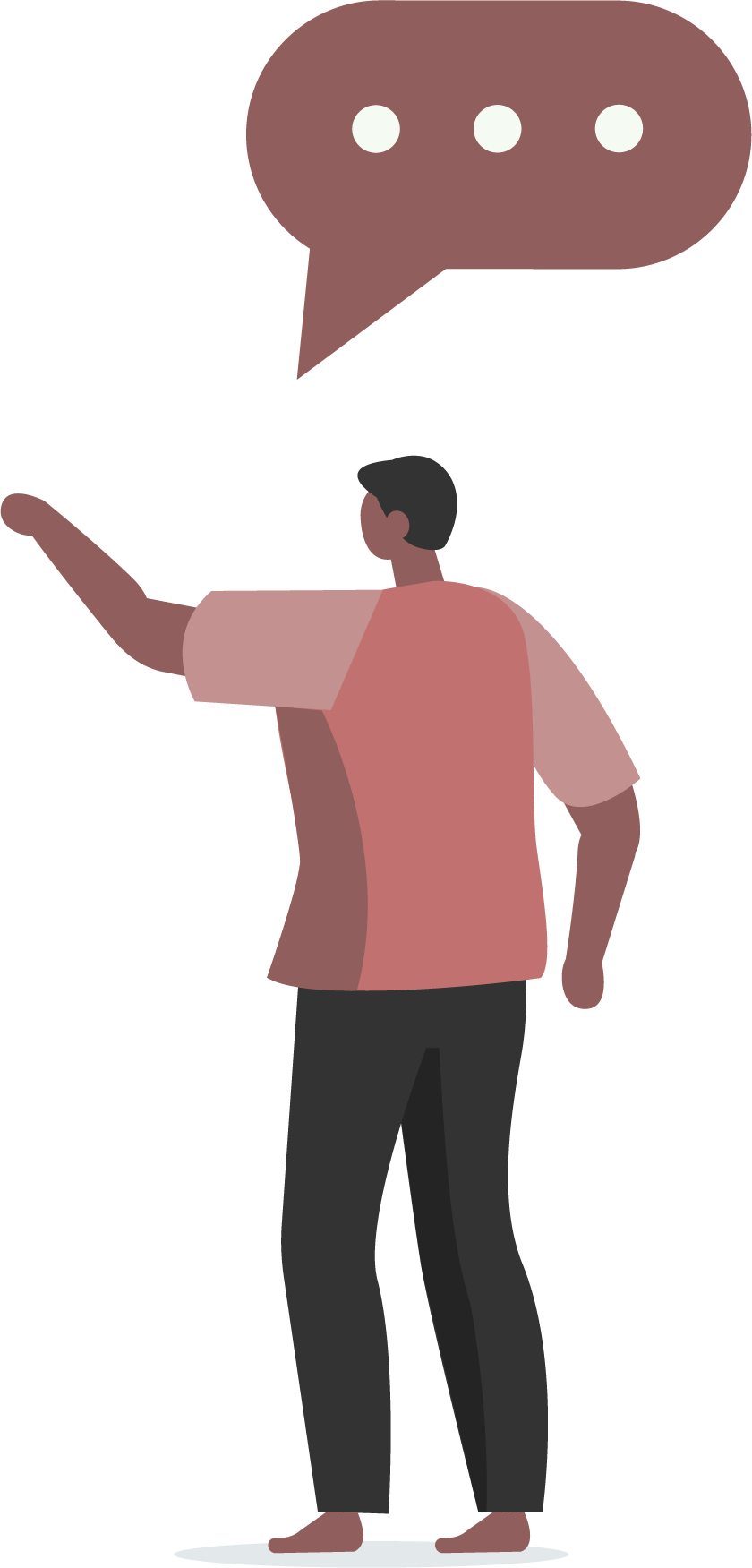
The public perspective
Every day we encounter scientific claims in the news, online, and in adverts. But how do we know which ones to believe? How can we make sure that the choices we make around diet, health, environment, politics, and the products we buy are based on properly conducted research? One answer is to seek out evidence which has been ‘peer reviewed’.
Why trustworthy science matters to all of us
If a piece of research has been peer reviewed, then you know that experts have had a thorough look at it before it reaches you. Peer review isn’t a perfect system but it does mean you can have greater confidence in the evidence you use to make decisions.
In this video we asked several Ask for Evidence ambassadors to tell us how peer reviewed evidence helps them to assess the information they encounter in daily life.

How you can ask for peer-reviewed evidence
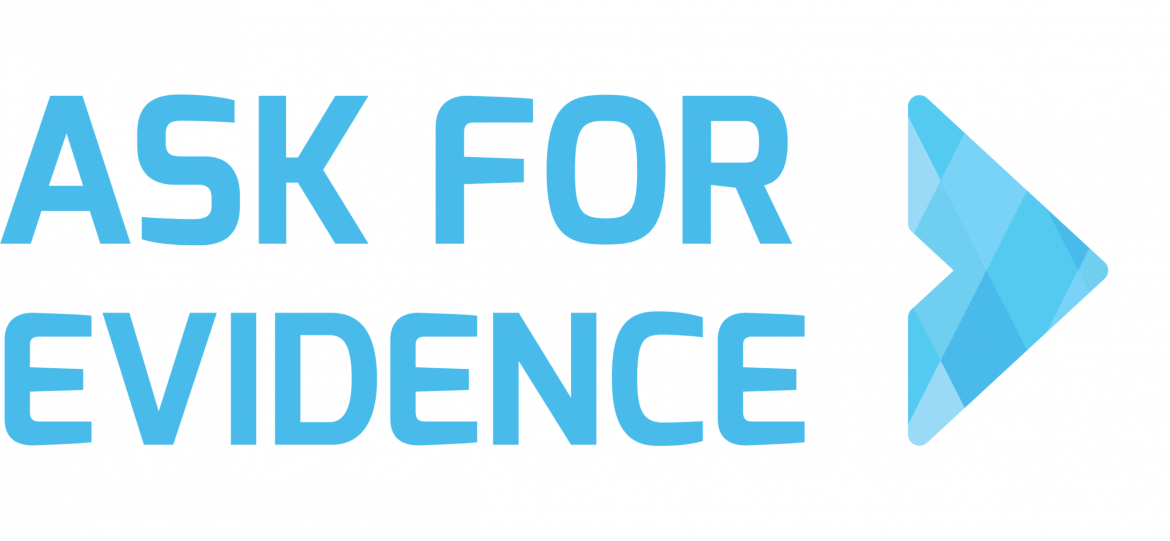
Ask for Evidence is a public campaign led by Sense about Science which encourages all of us to question the scientific claims we hear every day.
If you want to know whether a cosmetic advert, piece of health advice, news story or political claim, can be believed then ask for peer reviewed evidence.
You can use the Ask for Evidence tool to send a request for evidence from any company, journalist, or politician who makes a claim you’d like to know more about.